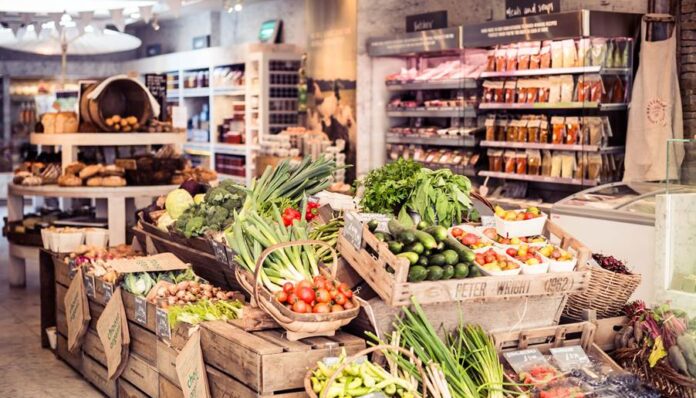The Food & Grocery Retail Market in the USA, along with major countries like India, is undergoing a profound transformation, shaped by evolving consumer preferences, technological advancements, and shifting economic dynamics. With increasing demand for convenience, sustainability, and personalized shopping experiences, the sector is witnessing a wave of innovation that is reshaping the way consumers interact with…



